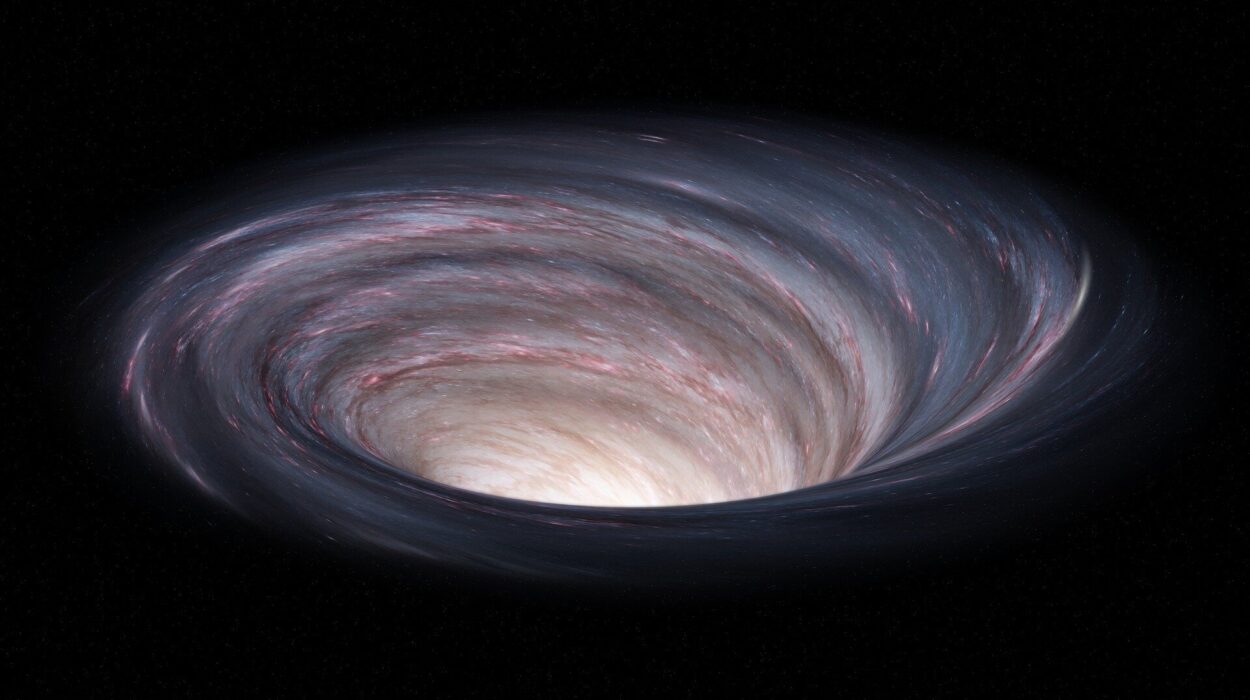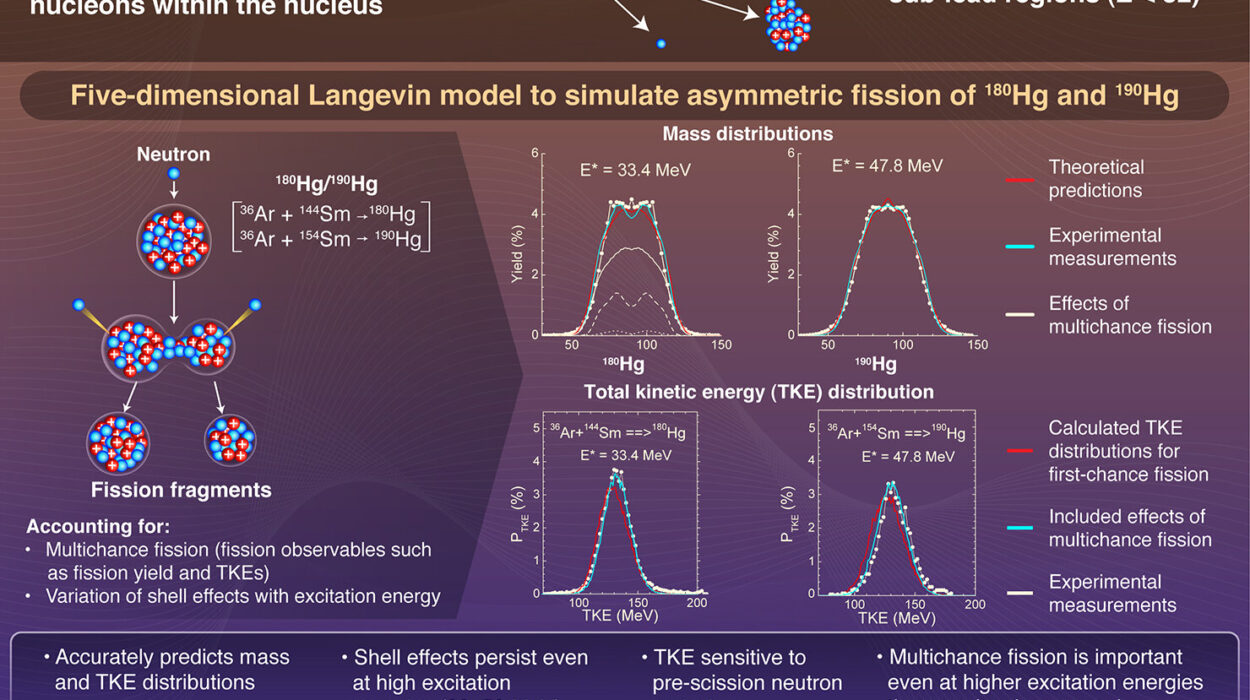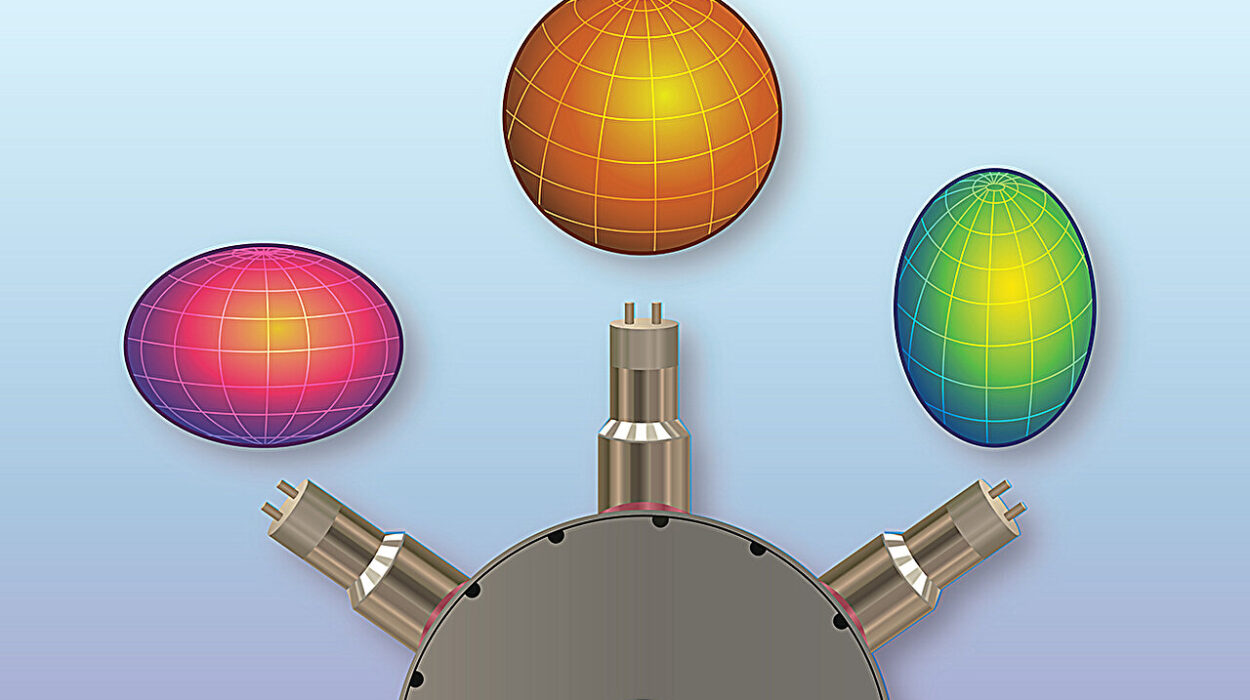Few natural spectacles capture our imagination quite like rainbows. These ethereal arcs of color stretching across the sky after a rainstorm have fascinated humans for millennia, inspiring myths, art, and science alike. Yet a rainbow is far more than a simple splash of color—it is a remarkable demonstration of the physical properties of light and how it interacts with the world around us.
Rainbows are just one of many light phenomena that arise from the interplay of sunlight, water, and atmospheric conditions. From halos and glories to the shimmering mirages of deserts and the haunting green flash at sunset, light shows an astonishing array of behaviors. To truly appreciate these wonders, we must dive into the physics behind them—exploring how light bends, splits, and dances through droplets and air molecules to paint the sky in brilliant hues.
This article takes you on a journey through the science of rainbows and other atmospheric light phenomena. We will unravel the nature of light, understand how it interacts with matter, and see how these interactions produce the breathtaking sights we cherish.
The Nature of Light: Waves and Particles
To understand rainbows and related phenomena, we first need to grasp what light really is. Light behaves in ways that sometimes seem contradictory, which is why scientists describe it using the principle of wave-particle duality.
On one hand, light acts like a wave. It consists of oscillating electric and magnetic fields traveling through space, which can interfere, diffract, and refract. This wave behavior explains many optical phenomena, such as interference patterns and the spreading of light around obstacles.
On the other hand, light also behaves like a stream of tiny particles called photons, each carrying a quantum of energy. This particle aspect explains effects like the photoelectric effect, where light knocks electrons off materials, and why light comes in discrete packets rather than a continuous flow.
For rainbows and many atmospheric effects, the wave nature of light—particularly its wavelength-dependent behavior—is crucial. Visible light spans a spectrum of wavelengths, roughly from 400 nanometers (violet) to 700 nanometers (red). Different wavelengths correspond to different colors. When light interacts with droplets or air molecules, the way it bends and splits depends on wavelength, producing the colorful displays we see.
Refraction: Light Bending Through Different Media
One of the key principles underlying rainbows is refraction—the bending of light as it passes from one medium to another. When light travels from air into water or glass, its speed changes because the medium’s optical density differs. This speed change causes the light to change direction, bending towards or away from the normal line depending on whether it speeds up or slows down.
This phenomenon is why a straight stick appears bent when partially submerged in water, and why a straw looks distorted in a glass. The amount of bending depends on the refractive index, a measure of how much the medium slows down light compared to vacuum.
Water droplets in the atmosphere act like tiny prisms. When sunlight enters a droplet, it slows down and bends. The light then reflects off the inside surface of the droplet, and finally exits, bending again as it reenters the air. This combination of refraction and reflection inside the droplet is what disperses sunlight into its constituent colors.
Dispersion: Splitting White Light into Colors
White sunlight is actually a blend of all visible colors. The process of splitting this white light into its component colors is called dispersion. Different colors of light have different wavelengths, and because refractive index depends on wavelength, each color bends by a slightly different amount when passing through a medium like water.
Violet light, which has the shortest wavelength, bends the most, while red light, with the longest wavelength, bends the least. This separation causes the familiar spectrum of colors, ranging from red on the outer edge to violet on the inner edge of a rainbow.
Dispersion is the reason why a glass prism can produce a colorful spectrum when sunlight passes through it. Similarly, the spherical water droplets of rain create a natural prism effect in the sky.
Formation of a Rainbow: A Delicate Dance of Light and Water
A rainbow forms when millions of tiny water droplets in the atmosphere refract, reflect, and disperse sunlight back towards an observer’s eye. The process begins with sunlight entering a raindrop and bending due to refraction. Inside the drop, the light reflects off the rear inner surface. As it exits the drop, it bends again.
This double refraction and single internal reflection cause the light to emerge at specific angles—roughly 42 degrees for red light and about 40 degrees for violet light relative to the incoming sunlight. The variation in exit angle with wavelength means that different colors reach the observer from different directions, creating the characteristic arc of colors.
Since the droplets are spherical and randomly distributed, each droplet sends its colors back at the correct angle, but only the droplets positioned at the right angle relative to the observer’s line of sight contribute to the visible rainbow. This is why rainbows are always seen opposite the sun.
Primary and Secondary Rainbows
Sometimes, we are lucky enough to see two rainbows simultaneously. The brighter, more vivid arc is called the primary rainbow. Its colors run from red on the outside to violet on the inside.
Above the primary bow, a fainter and larger secondary rainbow may appear, with colors reversed—violet on the outside and red on the inside. This secondary rainbow forms from light undergoing two internal reflections inside the water droplets before emerging. Each reflection reduces the light’s intensity, which is why the secondary bow is dimmer.
The secondary rainbow’s radius is roughly 50 degrees, larger than the primary’s 42 degrees, which places it higher in the sky. Between the two rainbows lies a dark region known as Alexander’s band, where fewer light rays emerge, enhancing the contrast.
Supernumerary Rainbows and Wave Interference
Under some conditions, delicate bands of extra, pale rainbows can appear just inside the primary bow. These are called supernumerary rainbows and result from the wave nature of light causing interference effects.
When light waves emerging from the droplets overlap, they can constructively or destructively interfere, producing alternating bright and dark bands. This effect requires very uniform raindrops, typically small ones, which produce clear interference patterns.
Supernumerary bows add complexity and beauty to rainbows, demonstrating that light’s behavior is not simply geometric but also governed by wave principles.
Beyond the Rainbow: Other Atmospheric Light Phenomena
While rainbows are the most famous example, nature offers many other spectacular light phenomena, each with its own unique physics.
Halos
Halos are bright circles or arcs around the sun or moon, caused by light interacting with ice crystals in the upper atmosphere. These ice crystals act like tiny prisms and mirrors, refracting and reflecting light in specific ways.
The most common halo is the 22-degree halo, a ring around the sun or moon about 22 degrees in radius. This occurs when hexagonal ice crystals refract light at a minimum angle of 22 degrees.
Halos can appear in various shapes—circles, arcs, pillars—depending on the orientation and shape of the ice crystals. They often signal approaching weather changes and are a favorite among sky watchers.
Sundogs (Parhelia)
Sundogs are bright spots of light appearing on either side of the sun, often accompanied by halos. Like halos, sundogs result from sunlight refracted through ice crystals, particularly plate-shaped crystals aligned horizontally.
The refraction bends the light by about 22 degrees, creating colorful bright spots often tinged with red nearest the sun and blue further away. Sundogs are more common in cold climates and are a striking addition to the halo family.
Glories
Glories are colorful, concentric rings of light that appear around the shadow of an observer’s head, typically on clouds or fog below an airplane. They are caused by the diffraction, reflection, and backscattering of light by tiny water droplets.
Unlike rainbows, which require sunlight from behind the observer, glories appear directly opposite the sun, surrounding the antisolar point. The exact physics is complex, involving wave tunneling effects, but their beauty is undeniable.
Mirages
Mirages are optical illusions caused by the refraction of light in layers of air with varying temperatures. When the ground is very hot, air near the surface becomes less dense than the cooler air above, creating a gradient in refractive index.
Light rays bend upward, causing distant objects to appear displaced or inverted. This is why the desert sometimes appears to have pools of water shimmering in the distance, or why roads look wet on hot days.
Mirages come in two main types: inferior (objects appear below their true position) and superior (objects appear above), each with their own atmospheric conditions.
The Green Flash
A rare and fleeting phenomenon, the green flash is a brief flash of green light sometimes visible at the very top edge of the sun during sunrise or sunset.
This occurs because the atmosphere acts like a prism, refracting sunlight and dispersing it into colors. Green light, being of intermediate wavelength, is refracted enough to separate briefly from red and orange, making a green flash visible if the conditions are perfect.
The green flash is elusive and often missed but remains a captivating example of atmospheric optics.
The Science and Art of Observing Light Phenomena
Observing and understanding light phenomena connects us to the natural world in profound ways. For centuries, humans have recorded, interpreted, and been inspired by these sights.
Modern science allows us to decode the physics behind them, but that doesn’t diminish their wonder. Knowing why rainbows form or how halos arise only deepens our appreciation.
Photographers, meteorologists, and sky watchers use special tools and techniques to capture and study these events. Polarized lenses, spectrometers, and high-speed cameras reveal even more details of light’s behavior.
The quest to understand atmospheric optics continues, with new discoveries about less common phenomena and improved climate models helping us appreciate how intricate and delicate these interactions are.
Light and Human Culture: Rainbows as Symbols
Rainbows have transcended their physical explanation to become powerful symbols in cultures worldwide. They represent hope, promise, diversity, and connection between heaven and earth.
In mythology, rainbows often serve as bridges or messages from the divine. The biblical story of Noah uses the rainbow as a covenant sign. In many indigenous cultures, rainbows are sacred and imbued with spiritual meaning.
The science of light and the cultural richness of rainbows blend to show how natural phenomena shape human imagination and belief.
Conclusion: The Endless Wonders of Light
The physics behind rainbows and other light phenomena reveal a world where simple particles and waves create dazzling complexity. From the bending of sunlight in tiny droplets to the shimmering illusions of desert heat, light’s interaction with our atmosphere is endlessly fascinating.
These phenomena remind us that science is not just equations and experiments but a pathway to experiencing beauty and mystery. Next time you see a rainbow or a halo, pause and marvel at the delicate dance of photons that makes it possible—a dance choreographed by the fundamental laws of nature.
Light is both a messenger and a miracle, forever painting the sky with stories of physics and wonder.






